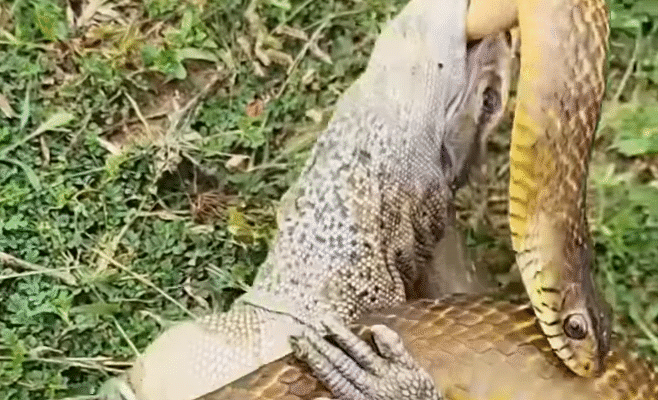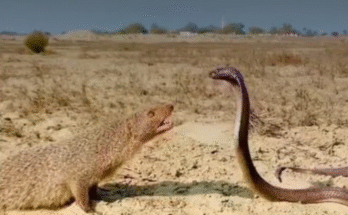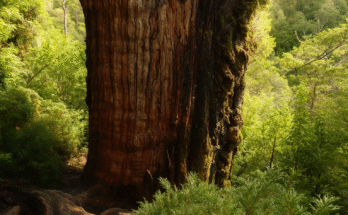Nature never ceases to amaze. From the smallest insect to the largest predator, the wild world is filled with mysteries and marvels. But few moments are as bizarre and captivating as witnessing two snakes together—especially when their behavior takes an unexpected twist. Whether it’s a peaceful encounter, a mating ritual, or a sudden battle, seeing two serpents interact is something truly rare and unforgettable.
It was a quiet afternoon in the countryside when I came upon a scene that felt straight out of a documentary. Slithering in the grass, almost silently, were two snakes—both vibrant, sleek, and seemingly aware of each other’s presence. At first, I assumed they were a mated pair traveling together. But as I observed longer, it became clear that something more complex was unfolding.
One snake, a deep forest green with yellow banding, seemed to lead. The other, darker with bluish undertones, moved in perfect rhythm behind it. They mirrored each other’s motion, curving and coiling in synchronization. Was this a form of communication? A warning? A dance?
Suddenly, the harmony broke. The green-banded snake reared up, half its body lifting off the ground. The darker one did the same, and for a moment they appeared to be locked in a ritual duel. Their bodies twisted around each other, pressing and wrestling, but not with the violent strikes one would expect from a fight. There were no venomous bites or aggressive lunges—just a continuous push-and-pull, as though each was trying to pin the other to the ground.
This, I later learned, is a behavior known as combat dancing, most common among male snakes during the breeding season. When two males encounter each other in pursuit of the same female, they don’t always resort to deadly violence. Instead, they perform a strength-based ritual where the winner gains the right to mate. It’s a battle of endurance, balance, and dominance—but rarely fatal.
What struck me most wasn’t just the rarity of the moment, but the beauty of it. The glistening scales, the hypnotic undulations of their bodies, and the almost choreographed grace of their interaction—it all felt strangely magical. It challenged the typical human fear and revulsion of snakes, replacing it with awe and respect.
After several minutes, one of the snakes—presumably the loser—slipped away into the underbrush, vanishing like a shadow. The victor lingered for a moment before retreating in the opposite direction. The brief encounter was over, but its memory burned vividly in my mind.
Encounters like this remind us that even the creatures we often overlook or fear have layers of complexity and wonder. Two snakes, seen by chance, offered a glimpse into a world where instinct and ritual blend into something elegant and mysterious. It was a strange sight, yes—but also a wonderful one.


